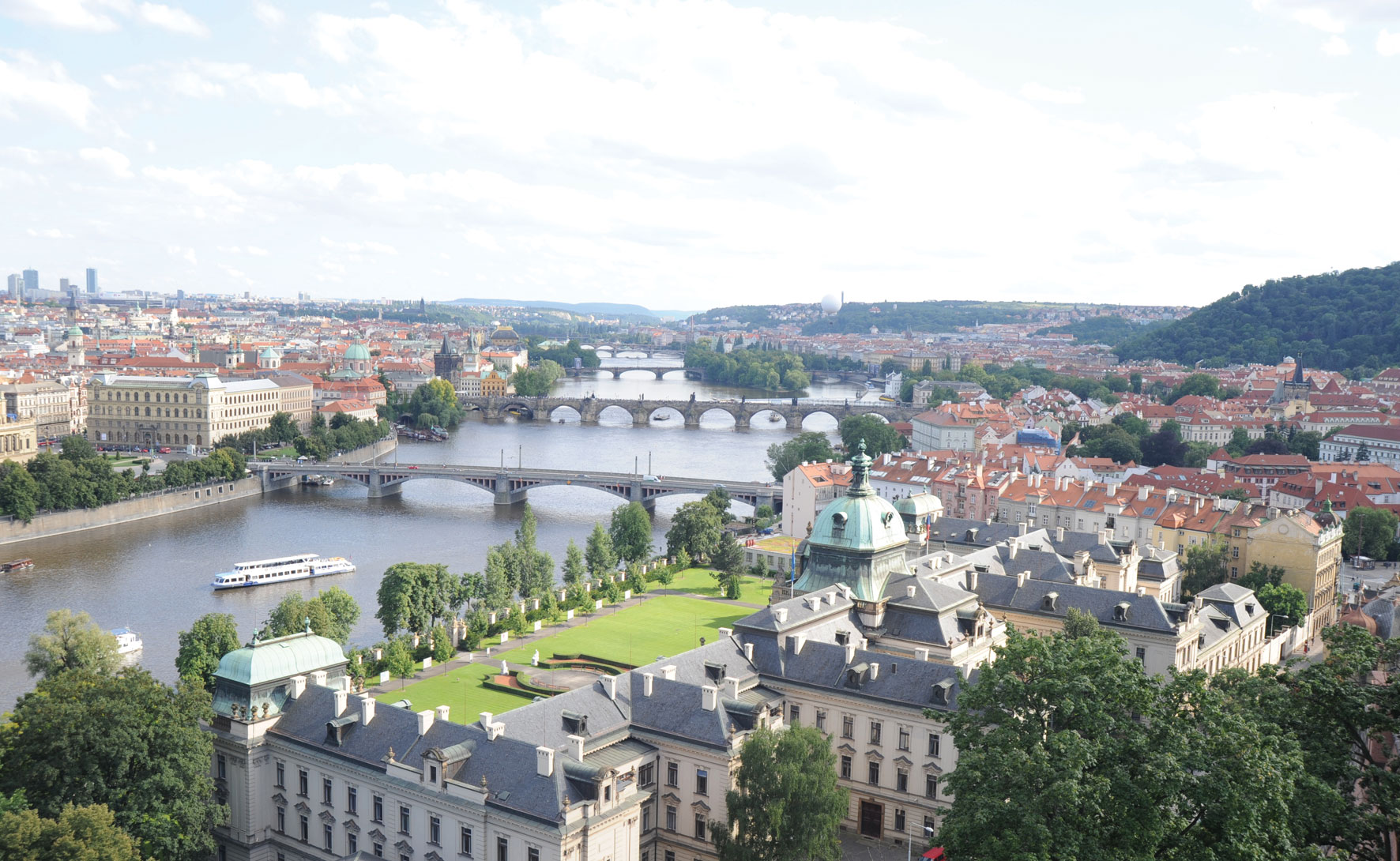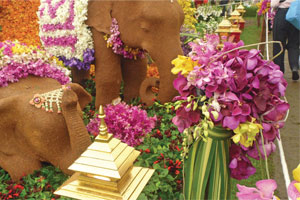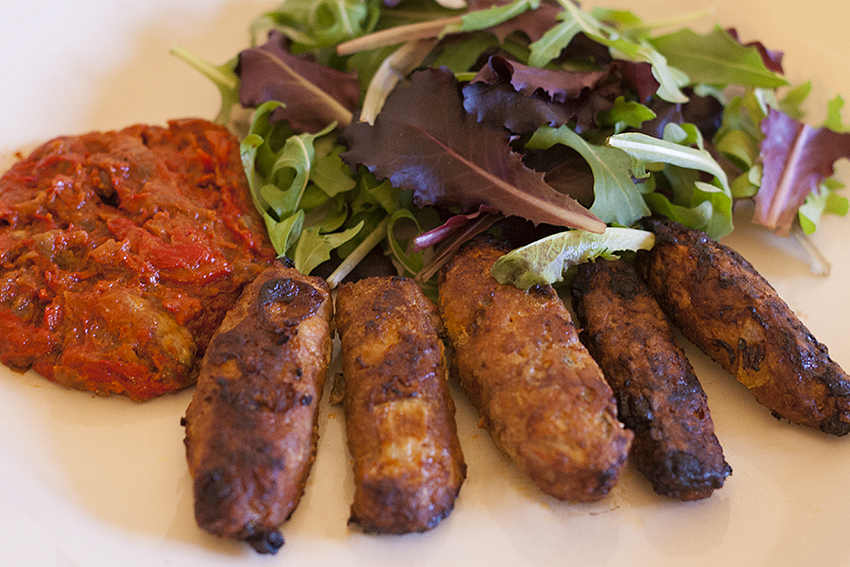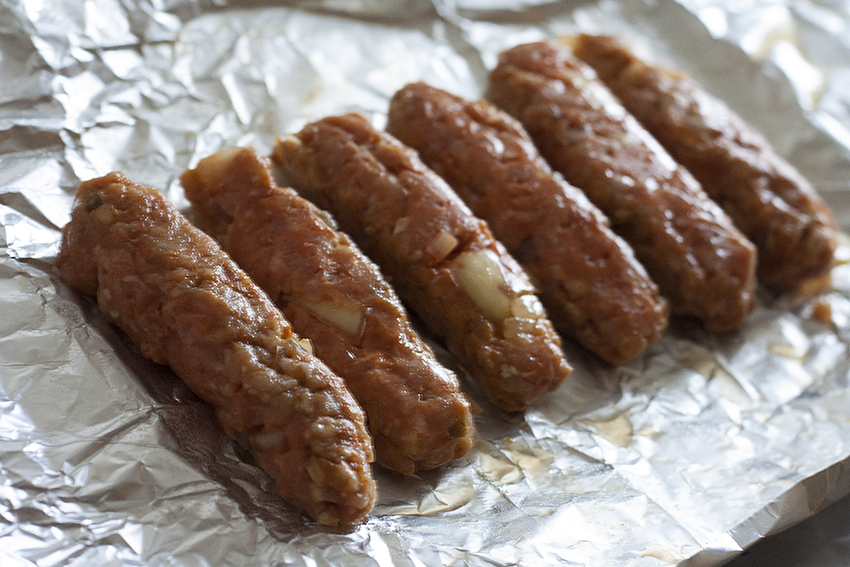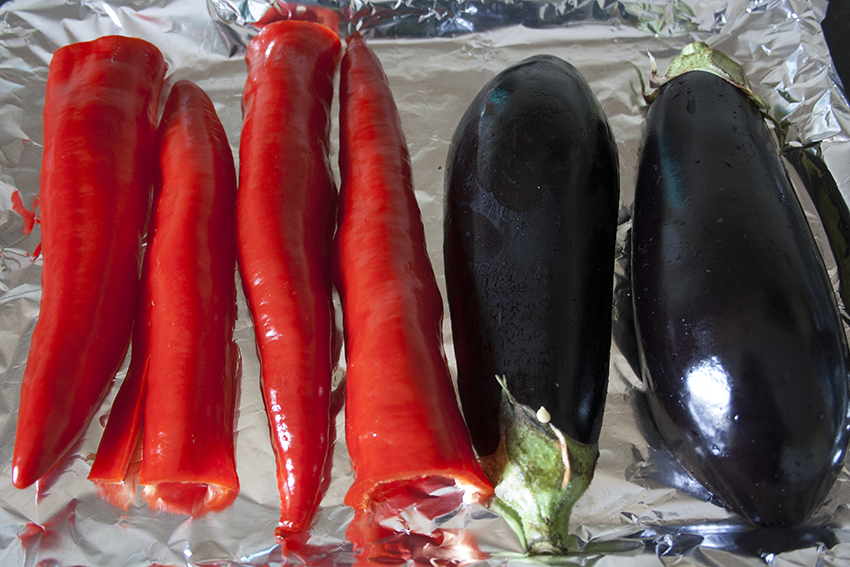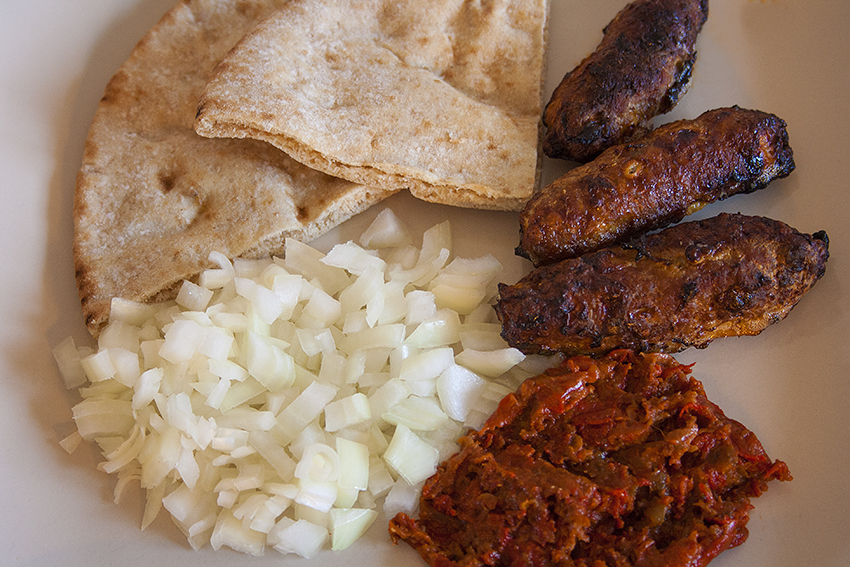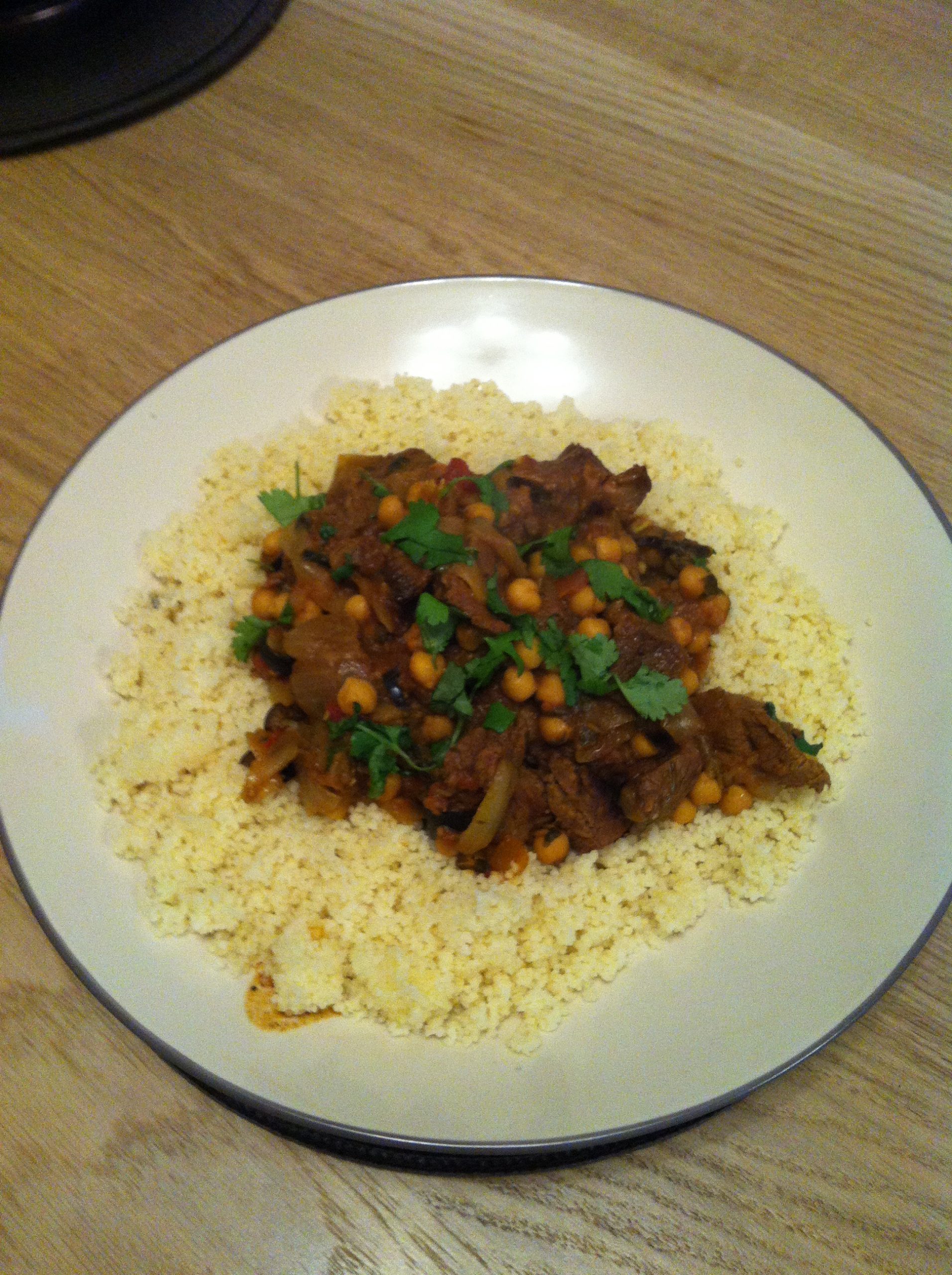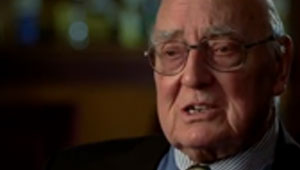Here at Leger Holidays we have just unveiled a new holiday, Bohemian Rhapsody – Delights of the Czech Republic Tour.
This Tour allows our customers to explore the highlights of the Czech Republic, including the capital Prague ‘City of 100 Spires’. We also include excursion to many spa towns of the western Bohemia and not forgetting the Baroque treasure if Cesky Krumlov in southern Bohemia.
The 9 day break includes some truly amazing places. We also offer the chance to visit the popular spa resort of Karlovy Vary. There are twelve hot thermal springs all of which are still in use. The town is also known for its hand-made glass. A recommendation whilst there is to visit the famous Moser glass factory.
The following day includes a visit to the second largest spa town in the Czech Republic, Marianske Lazne. Time is provided for you to take in the immaculate gardens before continuing on to the fortress town of Cesky Krumlov.
Cesky Krumlov is a UNESCO World Heritage Site and is nestled on the banks of the Vltava River. In the centre of the medieval city there are many well preserved buildings and stunning architecture. To guarantee customers see the very best of Cesky Krumov there will also be an optional city tour available.

Our tour also visits the home of Budweiser beer, Cesky Budejovice better known as ‘Budweis’. The tour continues on to Tabor; Czech Republic’s most favourite tourist spot.
Before heading back to Belgium and completing your return leg of your holiday we visit Prague. This excursions includes a guided walking tour of the ‘Golden Town’. The walk introduces our customers to the splendid architecture of Prague Old Town. The huge castle is a must along with a relaxing drink in Wenceslas Square.

For more information or to book this tour, please visit our Bohemian Rhapsody – Delights of the Czech Republic Tour page.
Ever visited the Czech Republic? We would love to hear about your travels in the comment sections below.

